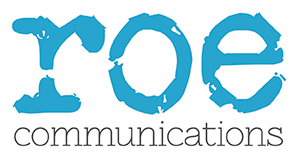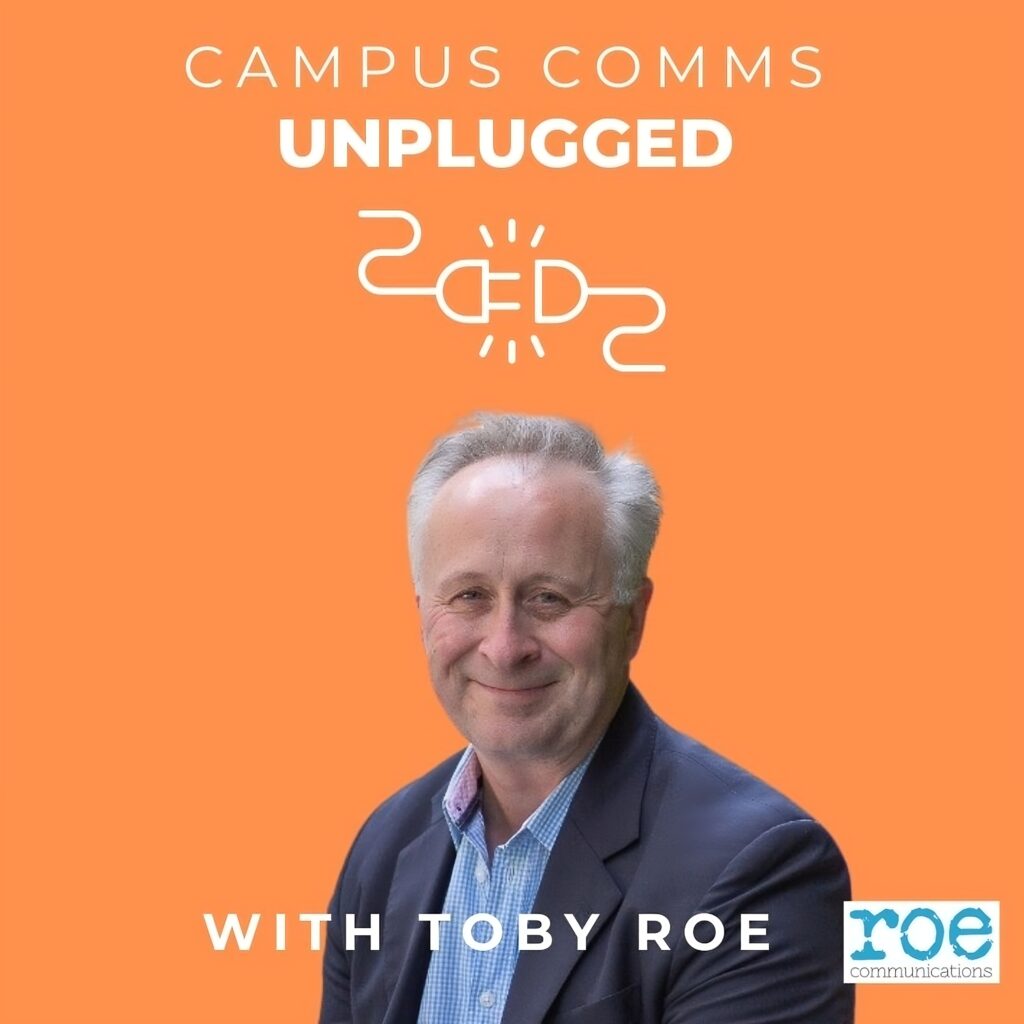Using academic research and insights to engage external audiences is a priority for most marketing communications teams in business schools.
This is particularly true at the moment as schools seek to differentiate themselves via digital marketing during the pandemic.
But the journey from faculty desk to external communications channel is often bumpy. Things take longer than they should to get produced, and there is tension between marketing communications teams and internal stakeholders about what’s most important.
Research papers are usually written for an academic audience. But a complex piece of academic text is unlikely to attract or engage a business or student audience who want their content to be easily digestible and mobile-friendly.
Getting hold of faculty – who are busy teaching and writing – is not always easy. And whilst many academics are now better at video or podcasting, for instance, this is not the case for all.
At the other extreme, internal stakeholders’ agendas can take over entirely. This is often the case if there’s financial pressure around e.g. filling places on a new programme, or influencing government with a particular piece of research.
Despite all these challenges, business schools are brimming with potential stories and insights.
Harnessed well, they can be turned into compelling external content that engages audiences, supports student and partner recruitment and creates a clear position versus your competitors.
Here are five ways that marketing communications teams in business schools can make their content production run more smoothly:
- Get buy-in for your content strategy internally
Having a strong content strategy will give you a position of strength – particularly if internal stakeholders want to send you off track. It needs to be clear on your audiences, the areas you want to be known for and what you want to achieve.
But without being accepted and promoted internally, the risk is that it will just remain in a file until next year’s strategy needs to be created.
Be proactive. Aim to secure support internally from key influencers within the school and consult them to understand which topics are most valuable to your audiences. Use internal communications channels such as Town Hall meetings to launch your strategy, and keep people in the loop as to how you are performing against objectives.
This way, all your internal stakeholders are more likely to be on the same page – and better understand what you need from them.
2. Educate people internally on your target audiences
You probably know who your target audiences are. You might have done some persona research to understand the problems that they are looking to solve and what they are searching for. This is all great practice.
But where business schools often fall down is that they fail to communicate this further internally – with the result that proposed content becomes off-message and off-topic.
Whenever you are briefed on a potential piece of content, put yourself in the shoes of your target audience and ask – how is this relevant to me? Consider where it fits into your strategy – and if it doesn’t, can it be adapted?
3. Create content guidelines
If you don’t have them already, create guidelines for your faculty and internal teams to help them understand what you do and don’t want regarding content.
The guidelines should include an overview of available channels, target audiences (as above), expected style, language, tone and use of assets such as brand names or imagery.
Update them regularly – and engage people with examples of where things have worked well, in order to encourage more people to get involved.
4. Gather an expert team
Having the right team will give confidence to internal stakeholders and streamline your process.
Turning business school research and insights into great content demands certain technical skills.
It needs people who understand how different channels work, what type of content works best on each and the new channels that are emerging. It can also need specialist skills such as editing podcasts or creating infographics. The ability to interpret data, such as social media analytics, is also essential to understand where you are against your goals or what you need to do to improve.
Review your current and future provision at least once a year – does it cover all the bases, or do you need extra resource?
5. Find efficient ways of working with faculty
Finally, we all know how busy faculty are – and yet they are critical to content programmes.
Try to cut down their time, and yours, by being ready with the right questions from the start – so that you don’t have to re-visit ideas and concepts because they aren’t strong enough.
Use technology – for instance, it’s easier for a member of your team to write up an interview with one of your professors, than to wait around for them to commit pen to paper.
And look at ways of recycling content. Not enough is talked about re-issuing revised content with simple updates, new images or in other formats.
If you want an easier way of turning your academic research and insights into engaging content, click HERE for more insights.


